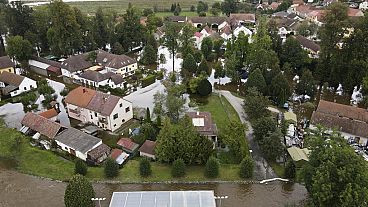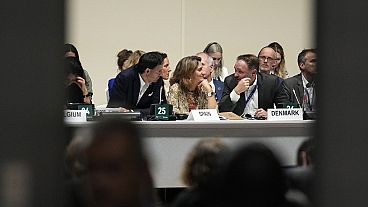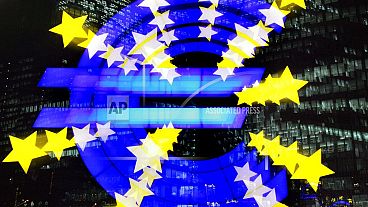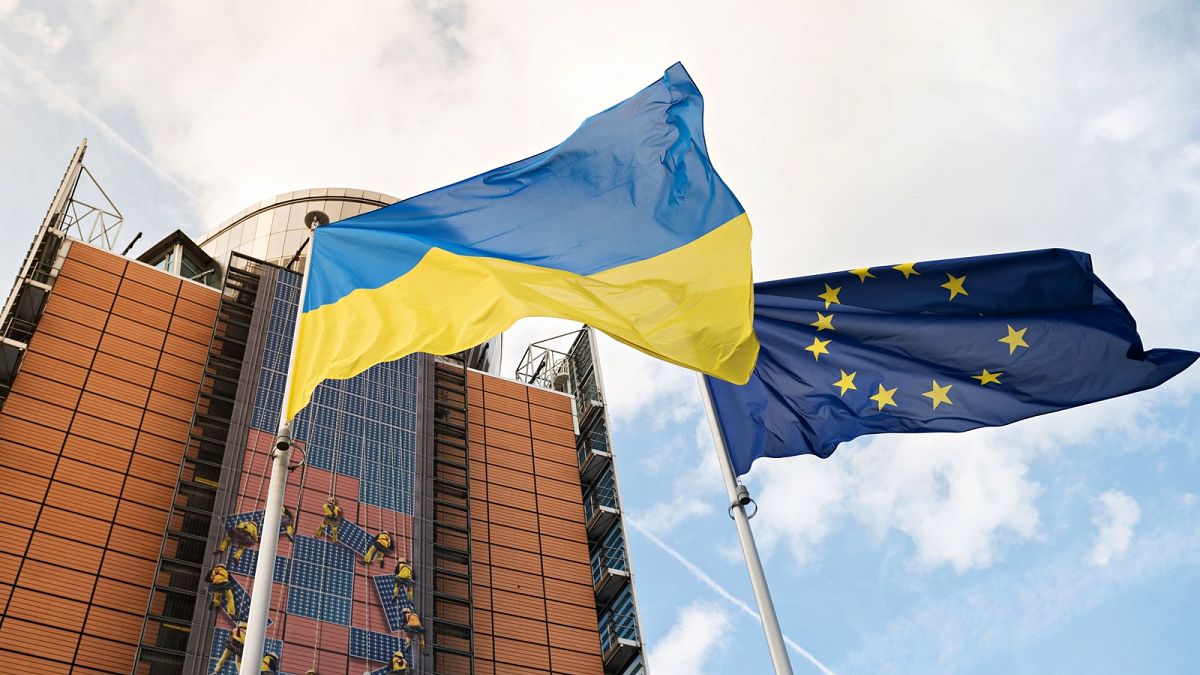The G7 has promised to raise a $50 billion (€45bn) loan for Ukraine, but the initiative requires an agreement between the 27 members of the European Union.
The European Commission has presented member states with three options to fulfil a G7 plan that will see Western allies raising a $50 billion loan (€45 billion) to support Ukraine's army and economy in the battle against Russian forces.
The plan, provisionally sealed at the G7 summit in June, will use the immobilised assets of Russia's Central Bank as collateral. The majority of them (€210 billion) are held in the 27-country bloc.
While allies cannot confiscate the money, they can use the interests they generate to ensure the loan is gradually re-paid, without footing the bill themselves.
But the unprecedented idea carries multiple financial risks, chief among them the possibility that these assets will be unfrozen before repayments are satisfied and allies will be held liable for default.
Under EU law, sanctions have to be extended every six months by unanimity, which means one single country could block the renewal and send the G7 plan up in flames. Hungary, in particular, has often derailed decisions in support of Ukraine and is currently preventing Brussels from releasing €6.5 billion in military assistance.
To avoid this dreaded scenario and guarantee long-term predictability, the Commission proposed three different options during an ambassadors meeting on Friday, several diplomats told Euronews.
- Option one: freeze the assets for five years but with an annual review. In this case, a qualified majority would be needed to unfreeze the assets.
- Option two: renew the sanctions on the Russian assets every 36 months and the other sanctions on Russia every six months.
- Option three: renew all sanctions on Russia every 36 months.
The second option gathered the broadest amount of support, a diplomat said, even if member states are still awaiting specific details.
Friday's presentation was done orally by Bjoern Seibert, chief of staff of European Commission President Ursula von der Leyen. A formal proposal is expected to be presented to member states in the coming days to kick start the negotiations, which could stretch for weeks.
Seibert described the three options as acceptable for the United States, which is putting pressure on Brussels to move fast and ensure the $50 billion reaches Ukraine before the end of the year. The situation in the country is considered dire after more than two years of war and allies fear Russia could trigger a humanitarian crisis in the winter.
The rush, however, decreased in recent weeks after Vice President Kamala Harris replaced President Joe Biden as the Democratic nominee, raising hopes that Donald Trump, who has vowed to cut off American aid to Kyiv, will be kept away from the White House.












